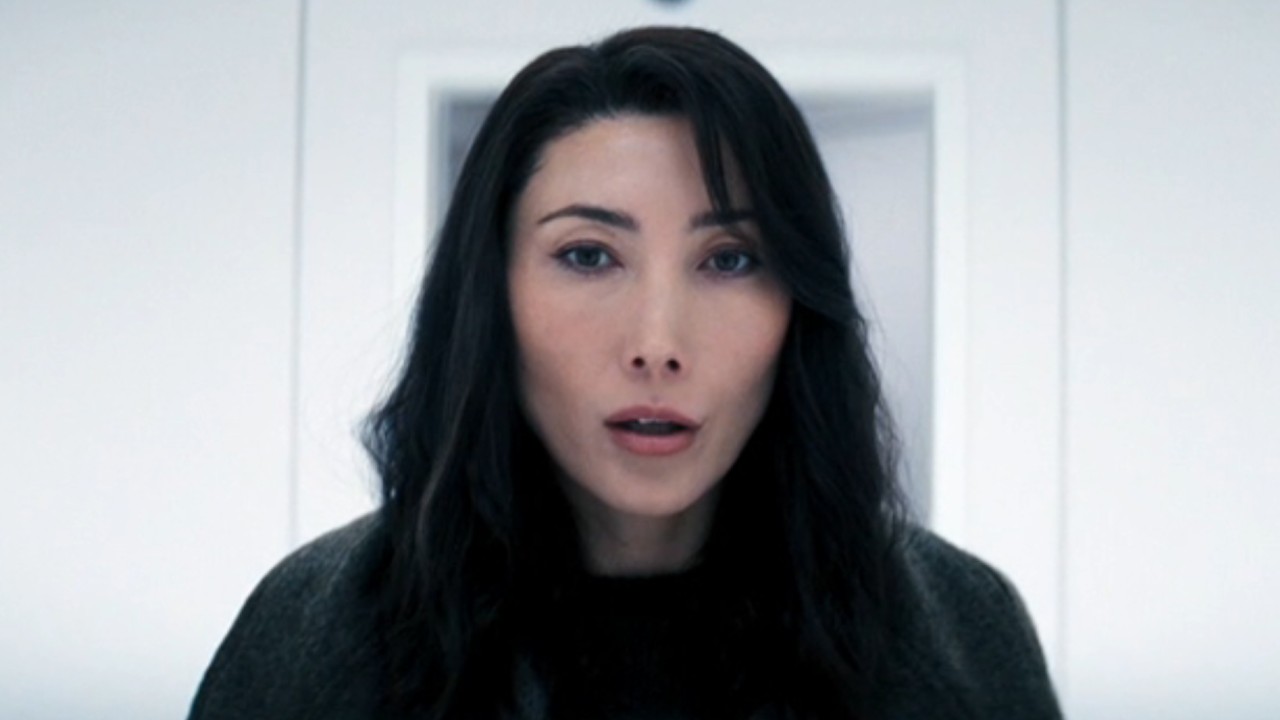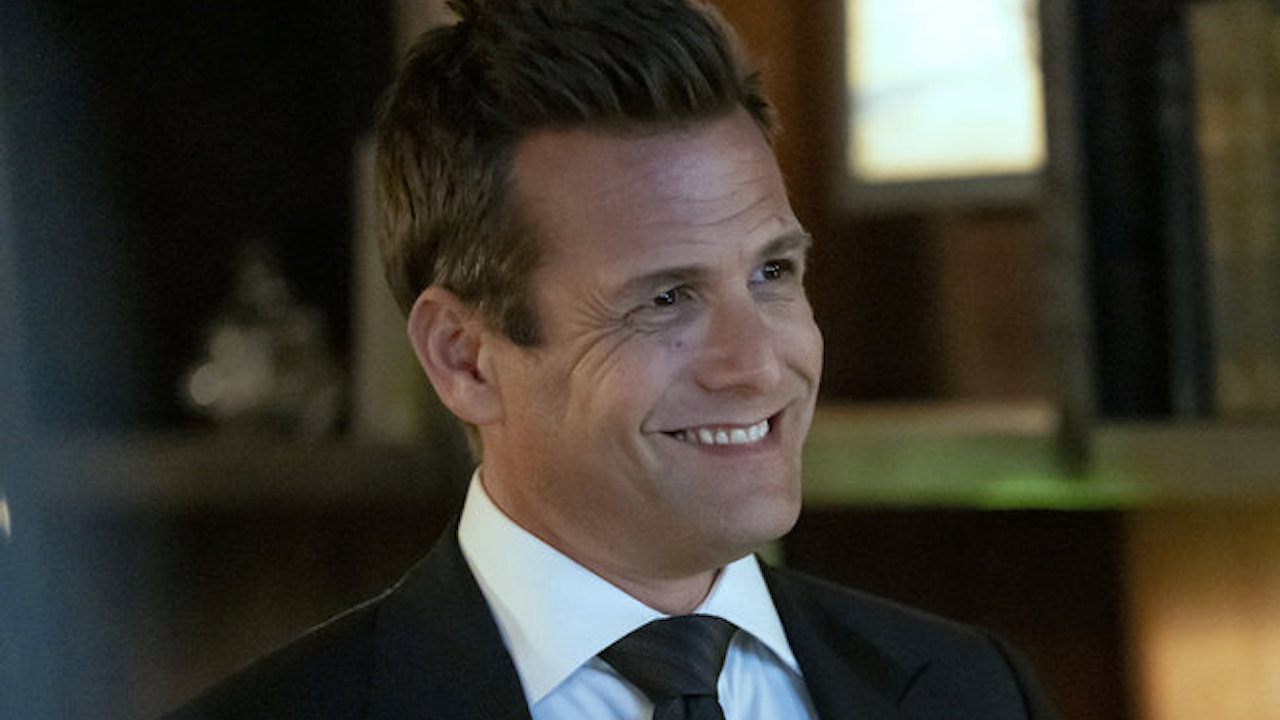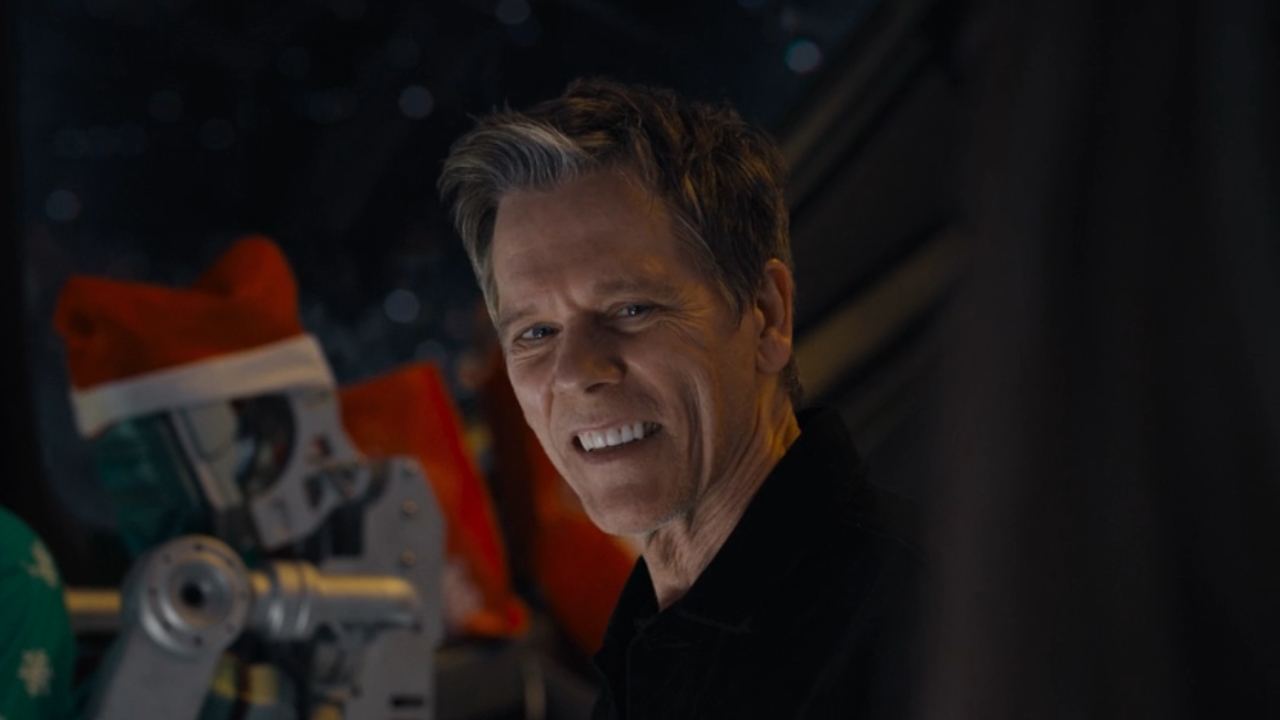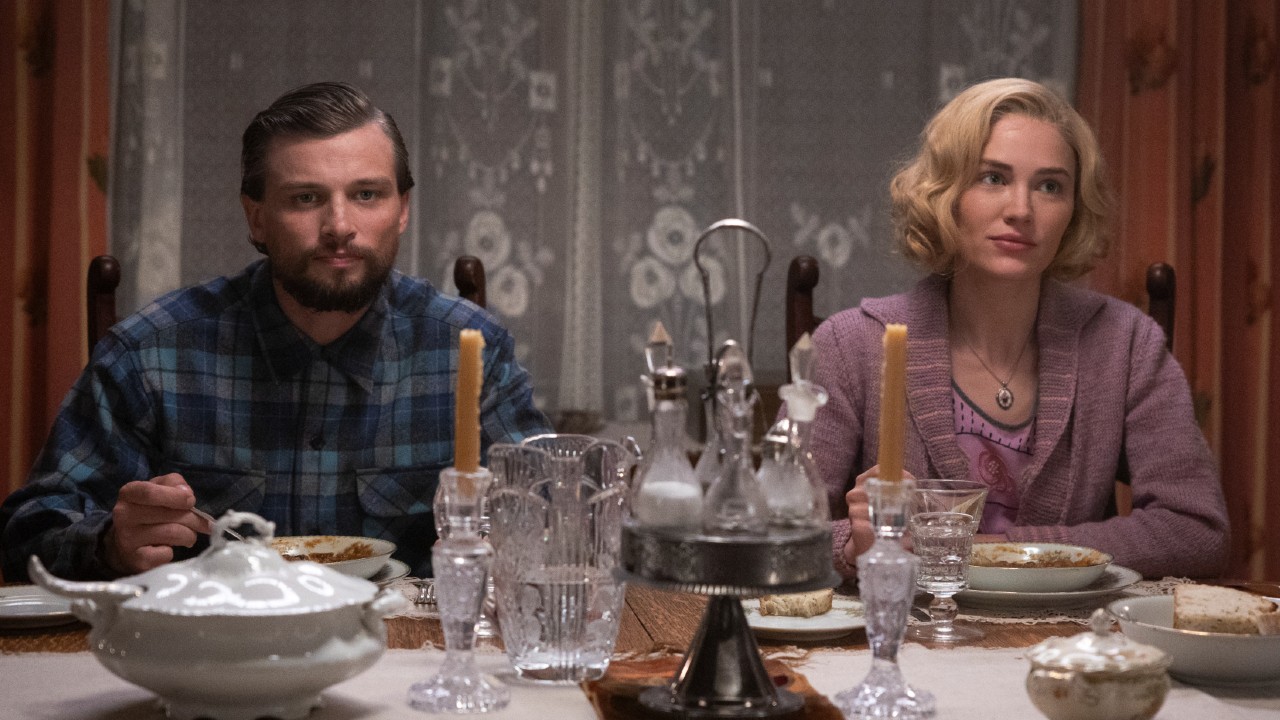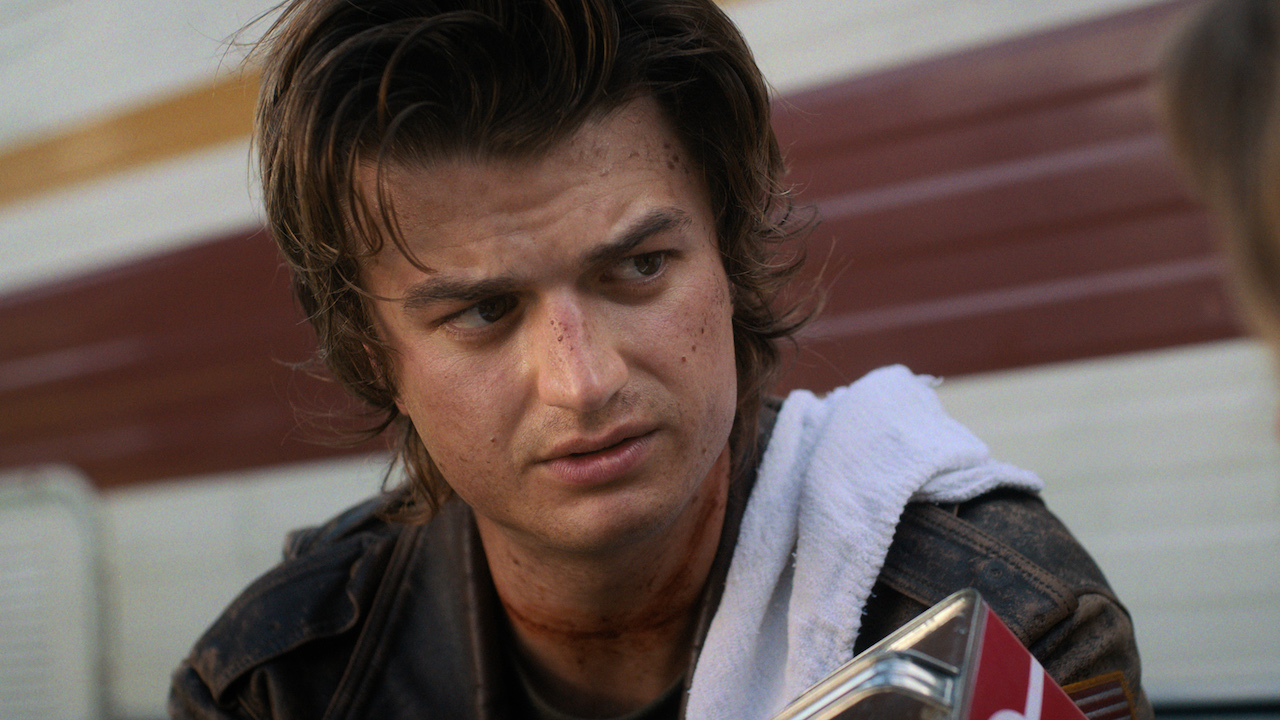The Joker's Various Origin Stories, Explained
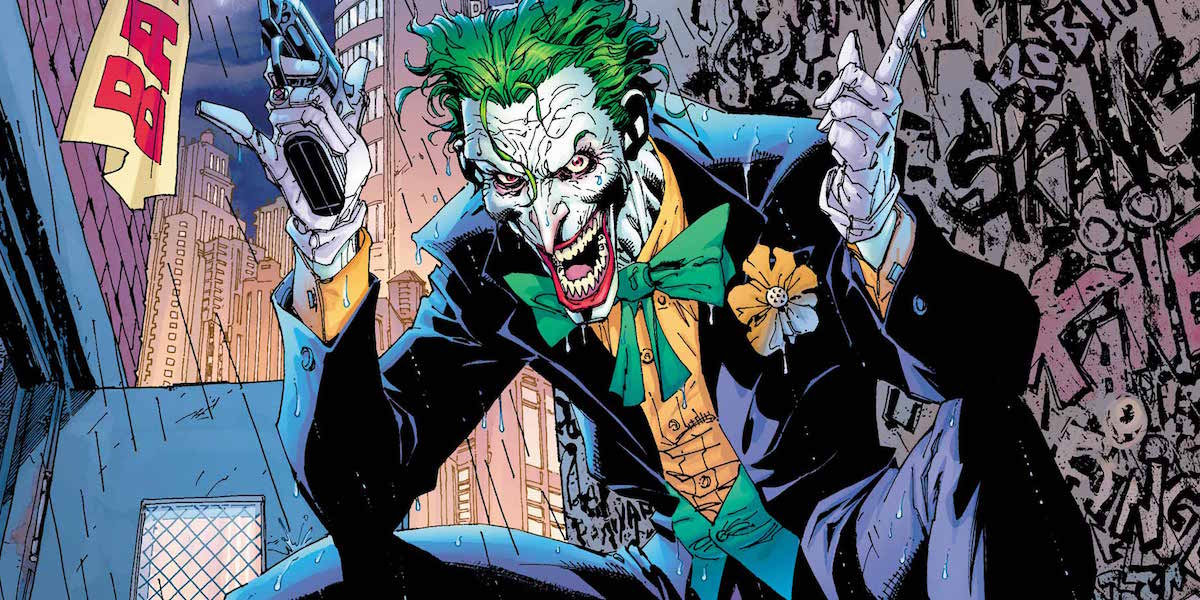
“If I’m going to have a past, I prefer it to be multiple choice.” That comes straight from The Joker himself about delving into his past. Because while most protagonists and antagonists in the world of superheroes get definitive origin stories (which, to be fair, are reimagined every so often), the Clown Prince of Crime’s never gotten such treatment.
Sure, many stories of how he became a chalk white-skinned, green-haired mass murderer share similarities, but creators are often given a freer hand with exploring these events compared to other popular characters. This is especially evidenced by the release of Joker this past weekend, which barely pulls from the source material in showing how Joaquin Phoenix’s Arthur Fleck turns to darkness.
If there is one rule that’s consistently followed when explaining how The Joker came to be, it’s this: “All it takes is one bad day to reduce the sanest man alive to lunacy.” He may have started out on the right side of the law, but due to a series of unfortunate circumstances over a short period of time, he became the embodiment of pure evil. With that in mind, we’re going over the most notable Joker origin stories across comics, movies and television, whether the story was directly shown or alluded to enough.
Powered by RedCircle
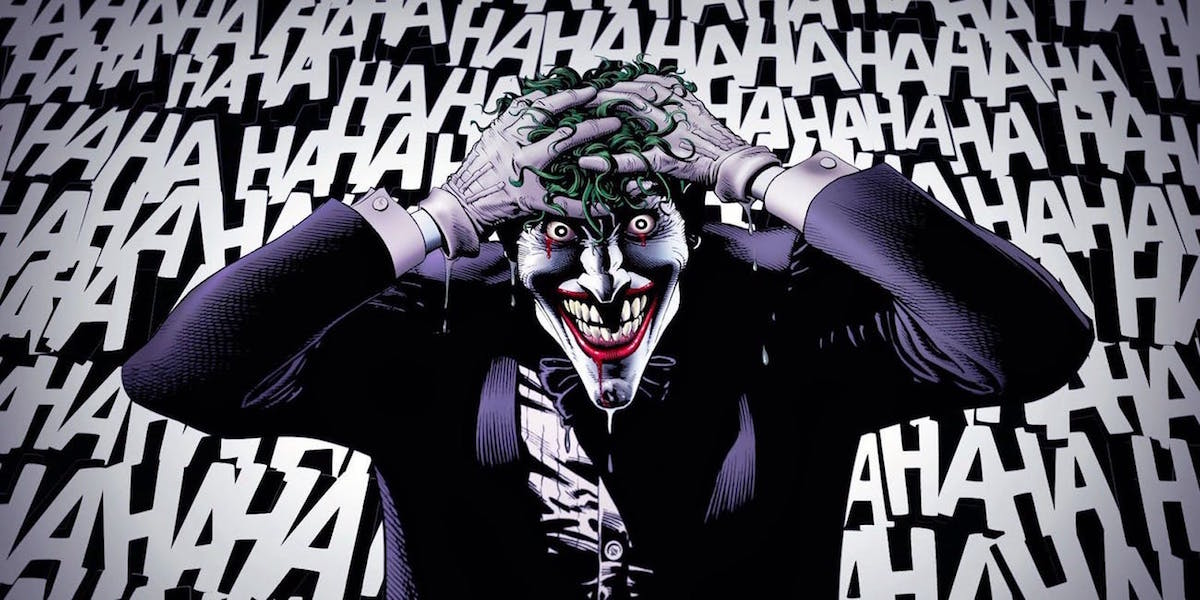
Batman: The Killing Joke (1988)
Let’s get one thing out of the way: many of Joker’s origin stories see him gaining his clownish appearance and losing his sanity by falling into a vat of chemicals, usually with Batman involved. The most iconic example of this is the 1988 story Batman: The Killing Joke (which was also adapted into an animated movie). Inspired by 1951’s Detective Comics #168, which showed that he was a criminal called The Red Hood before becoming The Joker, The Killing Joke delivered a tragic re-telling of the transformation from the former to the latter.
The man who would become The Joker was originally a struggling standup comic trying to support his pregnant wife. Hitting rock bottom, he agrees to guide two criminals through the chemical factory he used to work for so they can rob the playing card company next door. Unfortunately, right before the heist, he learns from the police that his wife and unborn child died in an accident at their house.
Grief-stricken, the unnamed man tries tries to get out of the heist, but the criminals force him to go through with it and make him wear the Red Hood outfit in order to frame him as the mastermind and divert attention away from themselves. Sure enough, the trio are intercepted by security at the chemical plant, and after the two criminals are killed, the man now dressed as Red Hood dives into a chemical vat after being confronted by Batman.
Swept through a pipe leading outside, this man is shocked to discover his physical appearance drastically altered, and that, combined with the loss of his family drives him to insanity. And thus, The Joker was born!
CINEMABLEND NEWSLETTER
Your Daily Blend of Entertainment News
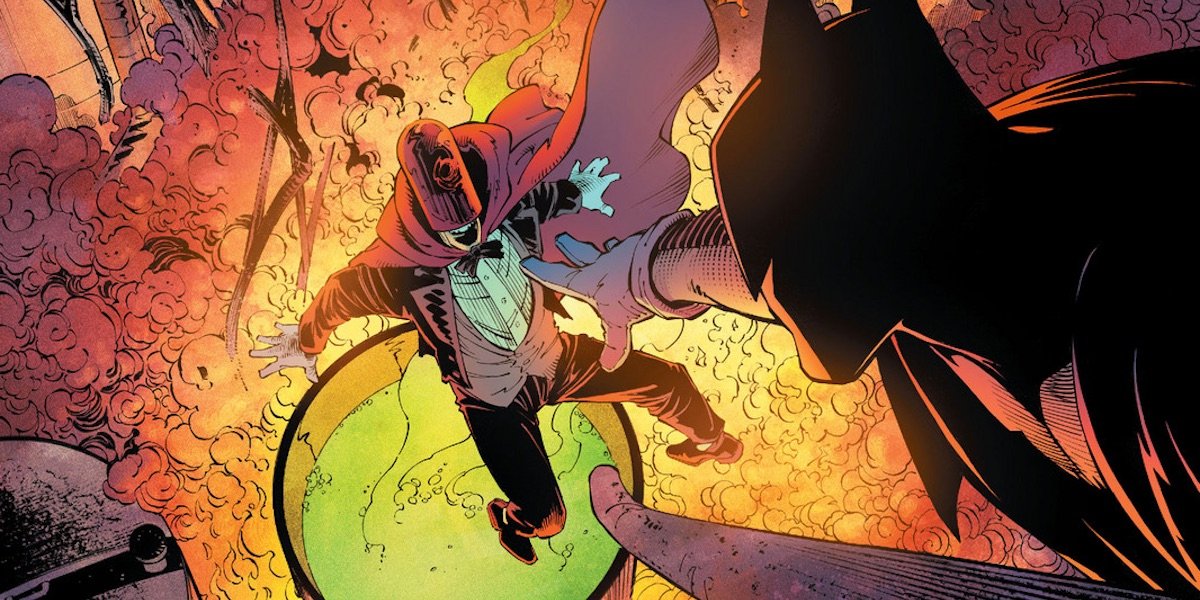
Batman: Zero Year (2013-2014)
Although the New 52 continuity’s take on how The Joker came to be bares some similarities to The Killing Joke, there are also enough differences that it’s worth covering on its own. In the events that unfold during Batman: Zero Year, The Joker was the second individual to lead the Red Hood Gang as Red Hood One. The original leader, Liam Distal, was killed by this unnamed individual, although the exact timing of his death could never be determined due to the lye that eroded his corpse.
Regardless, when he returned to Gotham City, Bruce Wayne’s first activities as a vigilante involved him targeting the Red Hood Gang, and they retaliated against him… hard. Shortly thereafter, Bruce became Batman and slowly dismantled the gang, with the conflict culminating in him foiling their attempted robbery at the Ace Chemical Processing Plant.
As a shootout between the remaining gang members and the GCPD raged, Red Hood One tried to escape on a helicopter, but Batman used his grappling line to yank him off. Red Hood One nearly fell into the chemicals right then and there, but Batman caught him and tried to pull his adversary up. Red Hood One wasn’t having it and opted to fall in anyway and broke free of the Caped Crusader’s grip. Batman believed those chemicals were enough to kill the man, but all they did was physically disfigure him and make him even more psychotic, emerging as The Joker not long after.

Batman (1989)
In contrast to most depictions of The Joker, Tim Burton’s first Batman movie directly identified who The Joker was pre-transformation: Jack Napier, mob boss Carl Grissom’s second-in-command who, as was revealed later in the movie, killed Thomas and Martha Wayne decades earlier. In the ‘present day,’ Carl sent Jack to oversee a raid at Axis Chemicals, but it was all a ploy to see Jack killed for sleeping with Carl’s mistress, Alicia.
That plan went south when Commissioner Gordon arrived with his own squad of officers to capture Jack Napier alive, and realizing he’d been set up, he killed the corrupt Lieutenant Eckhardt, who was working for Carl Grissom. But Batman was another matter entirely, and during his brief encounter with the Dark Knight, Jack was struck in the cheeks by a ricocheting bullet. Jack then lost his balance and fell over the catwalk, and while Batman caught him and tried to pull him back up, the criminal still fell into that vat of chemicals.
Jack Napier was already emotionally unstable before the incident at Axis Chemicals, but his altered visage, plus a hack surgeon failing to properly repair the parts of his face damaged by the bullet, pushed his sanity over the edge. Jack reinvented himself as Joker, killed Carl Grissom and launched a crime wave the likes of which Gotham City had never seen before.
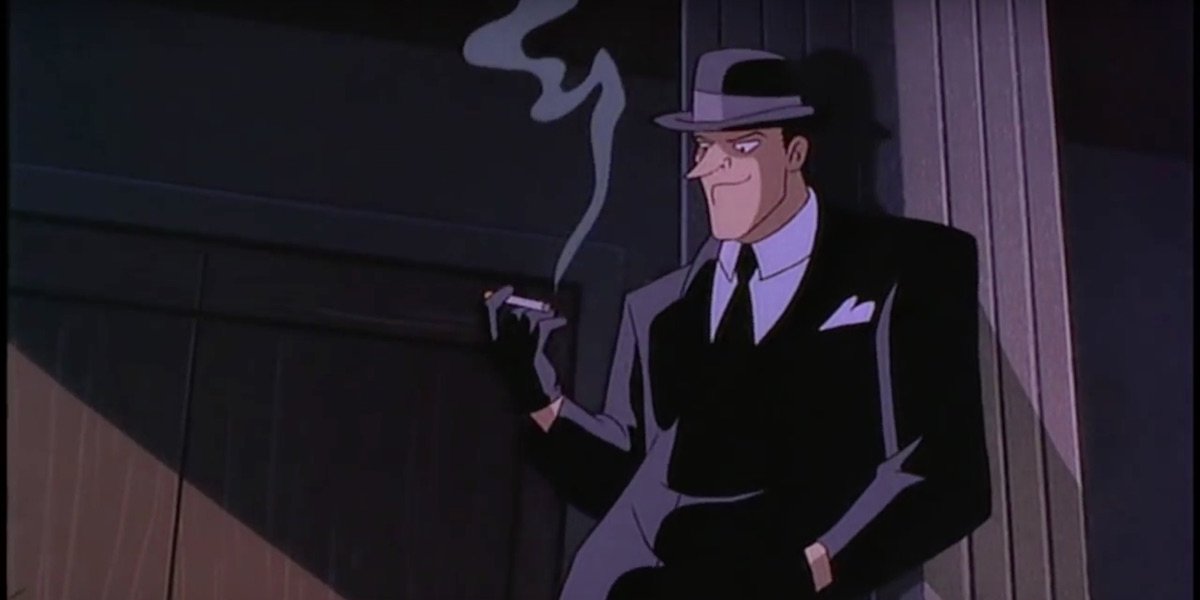
The DC Animated Universe (1992-2006)
Although Batman: The Animated Series never explored The Joker’s origins, its follow-up, The New Batman Adventures, did at the beginning of the episode “Beware the Creeper,” when reporter Jack Ryder shed light on how the Clown Prince of Crime came to be seven years earlier, telling the traditional ‘accidentally falling into chemicals’ story. Joker interfered with this report and ‘re-created’ the night of his transformation using Ryder as the new victim, but that’s a whole other story.
That said, it is worth pointing out though that Joker’s past was explored earlier in the theatrical movie Batman: Mask of the Phantasm. While never named, it was revealed that the pre-Joker was an assassin for the Valestra mob who was sent to kill Carl Beaumont in Europe after his associates learned he’d embezzled money from them. When Carl’s daughter, Andrea, carried out her revenge years later as The Phantasm, Joker was her final target, though he was the only one of them to survive the movie’s events.
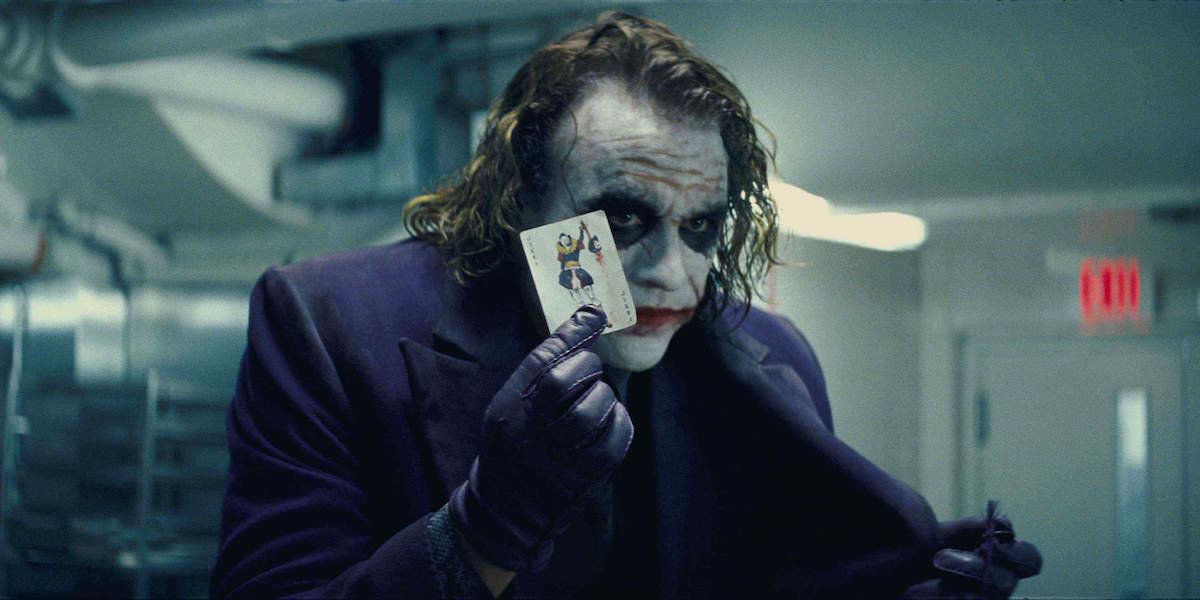
The Dark Knight (2008)
Christopher Nolan took The Joker in a radically different direction in The Dark Knight by forgoing the villain gaining his freakish appearance from an accident involving chemicals, and instead having him wear clown makeup and dying his hair green. There is still some physical disfigurement in the form of his Glasgow smile, and Joker provides two different explanations for the scars; the first being that his abusive father carved into his face as a kid, and the second ring that he carved his own face to show he doesn’t care that her own face being carved by some loansharks, though she ultimately leaves him.
It’s never revealed which of those is the true story or if he was scarred some other way. We also never learn where Heath Ledger’s Joker came from and why he decided to carry out his mission of terror and anarchy in Gotham City. Comedian Patton Oswalt once speculated that this version of Joker used to be a military intelligence operative, which would make sense given his knowledge of weapons and explosives. But otherwise, this Joker remains an enigma.
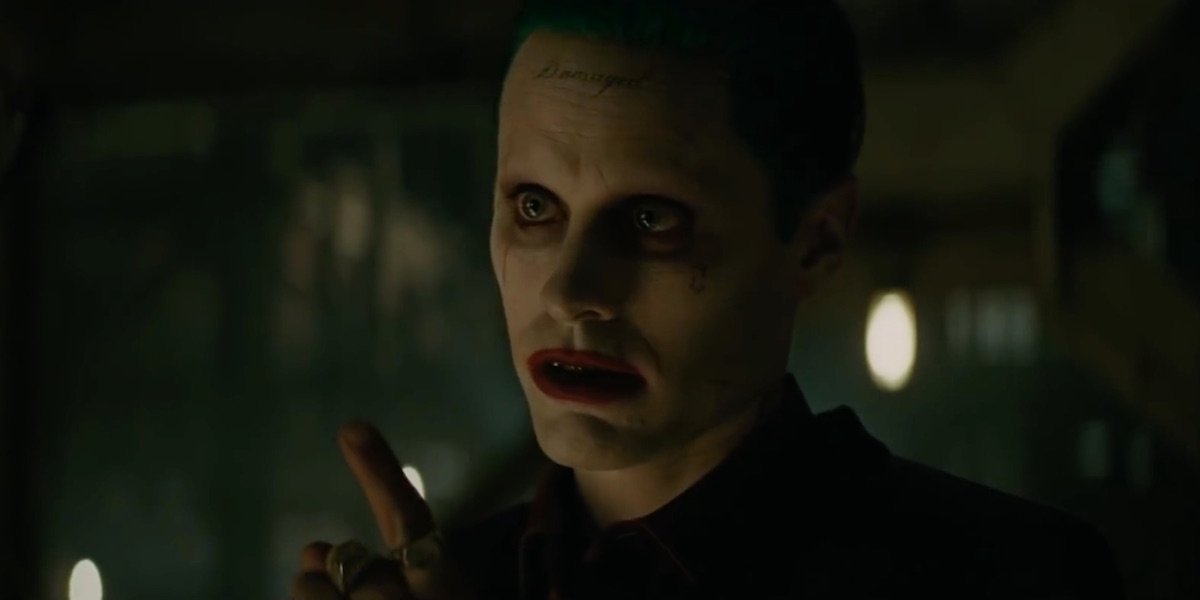
Suicide Squad (2016)
Although Joker’s origin story is never shown in Suicide Squad, we do learn that Jared Leto’s version of the character went through the whole ‘falling in chemicals’ experience when he takes Margot Robbie’s Harleen Quinzel to Ace Chemicals. After being electrocuted by Joker during his Arkham Asylum breakout, Harleen became desperate to be Joker’s main squeeze, so he convinced her to fall into the same chemicals that ‘created’ him. He initially planned to let her drown, but he had a change of heart and dived in to rescue her. Beyond that, we don’t know anything about the DCEU Joker’s past.
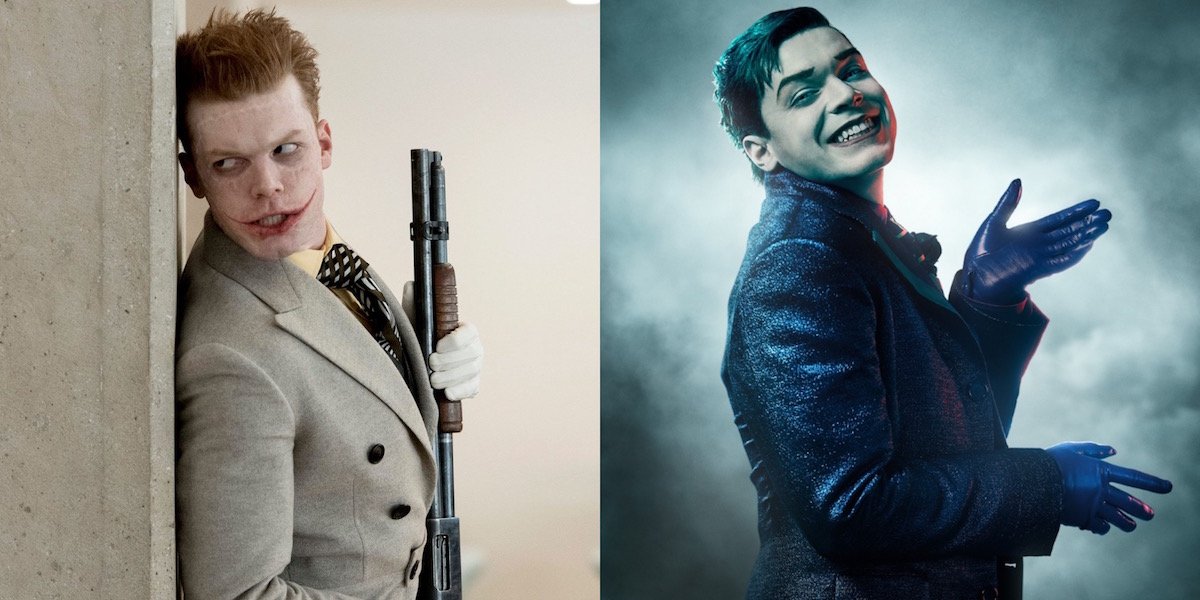
Gotham (2014-2019)
The Fox series Gotham took an interesting approach by having two characters embody the spirit of The Joker; twins, to be precise. We were first introduced to Jerome Valeska as a guest villain in Season 1, and after returning for brief stints in Seasons 2 and 3, he was a recurring villain in Season 4. Jerome demonstrated violent tendencies a young age, and after killing his mother, he started embodying the nihilistic anarchist aspects of The Joker, eager to spread chaos and madness throughout Gotham City. He also became physically disfigured when his face was cut off right before being resurrected… that’s right, he was dead for a time.
As for Jeremiah Valeska, who emerged as Jerome’s successor after Jerome permanently died before the final act of Season 4, he didn’t initially display the same insane tendencies as his brother… at least, not on the surface. But he was pushed over the edge when he exposed to a mind-altering laughing gas left behind by the late Jerome. Jeremiah’s skin turned chalk white, and as he grew slowly more unhinged, he became obsessed with Bruce Wayne and launched his own wave of terror across Gotham City, though Jeremiah was more calculating and precise compared to Jerome.
As if Jeremiah wasn’t already bad enough, his penultimate appearance in Gotham saw him and Bruce Wayne fighting with Bruce Wayne in Ace Chemicals, and their brawl ended with Jeremiah falling into a vat of chemicals. As a result, not only was his skin partially melted away, but when he returned to the limelight ten years later in the series finale (having spend the previous decade pretending to be comatose while waiting for Bruce Wayne to return home), his personality melded with aspects of Jerome’s to create what actor Cameron Monaghan described as a “third character.”
It’s important to note that neither Jerome nor Jeremiah were actually called Joker during the course of Gotham, with Jeremiah only identifying himself as “J” at the very end. So within the Gotham continuity, it’s possible that “J” will go on to become the one and true Joker, or maybe another individual will eventually take that mantle. We’ll never know for sure.
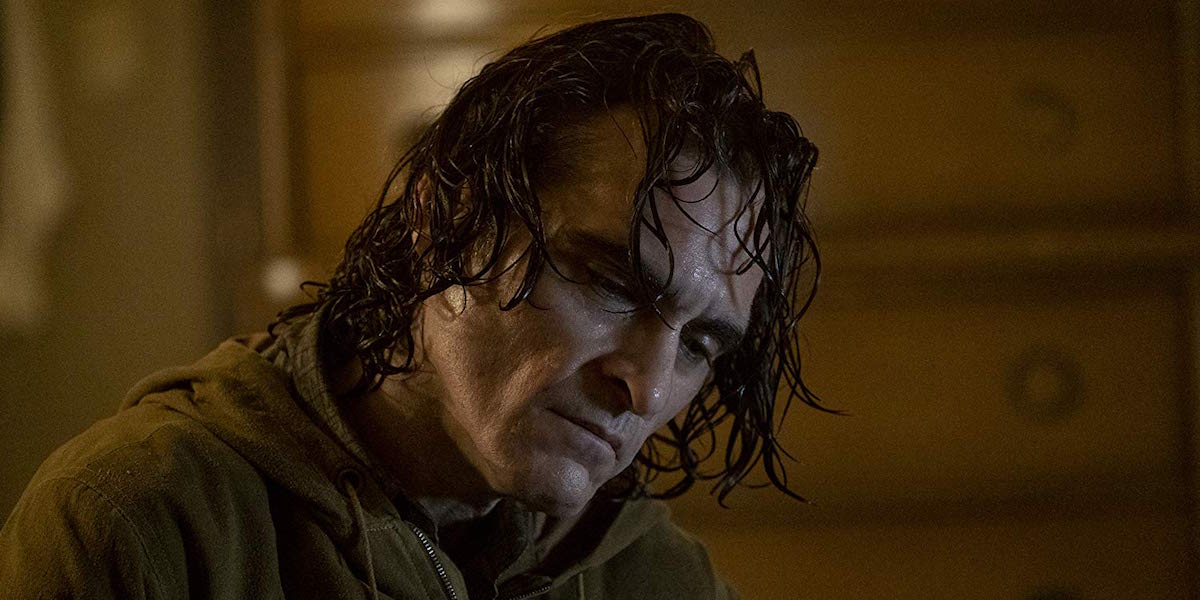
Joker (2019)
If you thought The Dark Knight took creative liberties with adapting The Joker, the Joker movie ran with that particular ball much further. For one thing, this Joker, real name Arthur Fleck, came to be when Bruce Wayne was a child, so he has no association with the cape and cowled Batman whatsoever. However, Arthur does briefly interact with Bruce in his brief quest to uncover the truth about whether or not his mother’s claim that Thomas Wayne is actually his father. That was just one of the factors that led to him transforming into this unusual take on the Clown Prince of Crime.
Arthur was already in rocky territory at the start of Joker. As he learned when looking through his mother’s Arkham file, he’d been abused as a child by her boyfriend, which may have have been the cause for him developing that neurologic disorder where he laughed at inappropriate times. And while Arthur’s downfall didn’t happen over “one bad day,” he definitely went though a perfect storm of unfortunate events, including losing his job, losing access to his medication and being embarrassed by Murray Franklin on television, plus the drama surrounding his mother and Thomas Wayne.
The first time Arthur Fleck kills in Joker can mostly be construed as self-defense, although one can argue he basically executed that third Wayne Enterprises employee. But after coming to the conclusion that his mother’s claim about Thomas Wayne were false (the movie keeps it ambiguous whether or not that’s indeed the case), he kills her and starts transitioning into The Joker. His transformation is cemented when he kills Murray Franklin on television, though given that Joker presents several instances where Arthur is delusional, it’s hard to say how much of the movie really happened.
The Joker will continue to be adapted on screen for a long time, so stay tuned to CinemaBlend for more news concerning his movie and TV appearances.

Connoisseur of Marvel, DC, Star Wars, John Wick, MonsterVerse and Doctor Who lore, Adam is a Senior Content Producer at CinemaBlend. He started working for the site back in late 2014 writing exclusively comic book movie and TV-related articles, and along with branching out into other genres, he also made the jump to editing. Along with his writing and editing duties, as well as interviewing creative talent from time to time, he also oversees the assignment of movie-related features. He graduated from the University of Oregon with a degree in Journalism, and he’s been sourced numerous times on Wikipedia. He's aware he looks like Harry Potter and Clark Kent.
